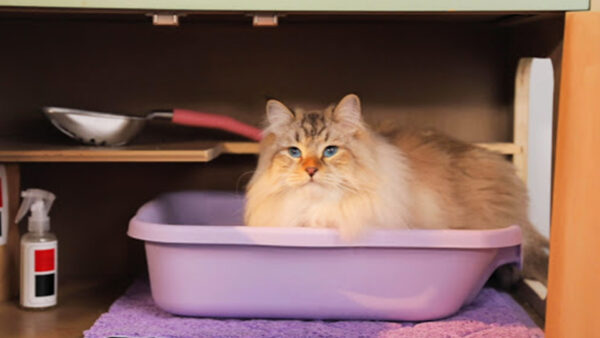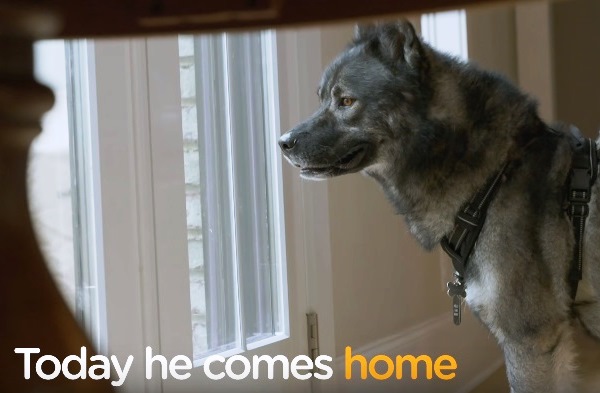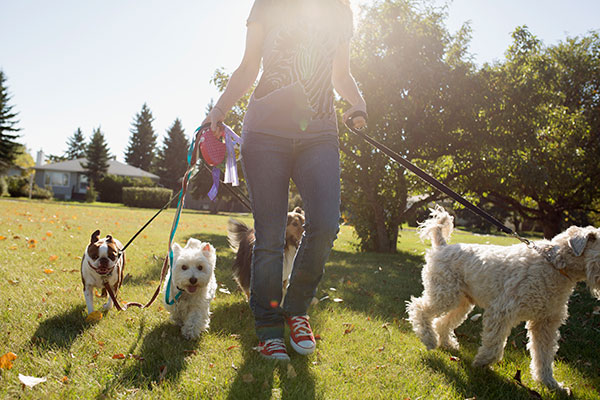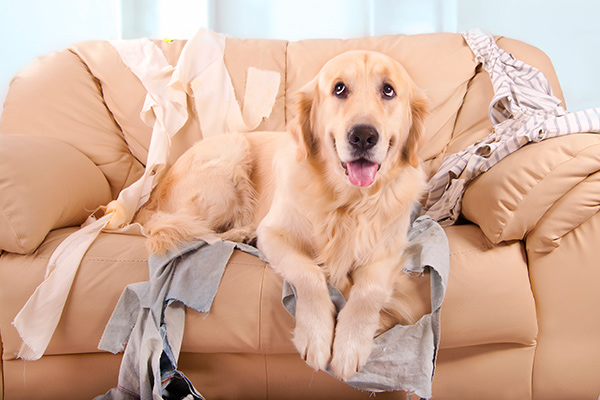Adopting a new pet is an exciting and incredibly rewarding experience—but it’s also a lot of work. Whether you’re bringing home a brand new puppy, rescuing an older shelter dog, or bringing a feline friend into your life, it’s important to prepare in advance for life with your new pet. In honor of Adopt a Shelter Dog Month, here are 10 steps you can take to get your family ready for the new addition.
1. Learn as much as you can about your new pet.
If your family has never owned a pet before, it’s important to know what you’re getting into. Learn as much as you can about what being a dog, cat, fish, turtle, hamster, or any other kind of pet owner entails. What kind of food will your new pet need to eat, and how often? How frequently should you walk your new dog or change your new cat’s kitty litter?
In addition to learning about pet ownership in general, do some research on the specific breed you’ve chosen. If you’re adopting a dog, for instance, the size of the breed will affect everything from how much it eats to how much time it needs to spend exercising. It’s also important to know whether you’re adopting a breed that has common health issues or defining behavioral traits.
2. Create a schedule and assign tasks.
Make a care-giving schedule for your new pet and assign out responsibilities. Before your pet arrives, everyone should know what chores they’re responsible for and on what days. Otherwise, you risk missing feedings, walks, or playtime, which won’t make for a very happy pet. Making a schedule in advance will also give everyone in the family—especially the little ones—a sense of what a great responsibility it truly is to be a pet owner.
3. Choose your words wisely.
Come up with the vocabulary words you plan to teach your pet in advance to avoid confusion. Instead of different family members saying “no,” “drop it,” or “leave it,” when the new pup steals their socks, chews up the newspaper, or grabs food off their plate, choose one command that everyone will use to convey the same idea. Settling on a defined vocabulary list ahead of time will make it easier for your new pet to learn the rules and understand what you’re saying.
4. Set expectations…
Things aren’t always smooth sailing when you bring your new pet home for the first time. While some pets adapt to their new environment automatically, others take more time to adjust. Make sure your family members (kids, especially) understand that they may have to deal with a homesick or anxious pet for a few days before their new animal companion starts acting like its true playful self. When it comes to introducing your new pet to its new family and new surroundings, patience is key.
5. …and boundaries.
To make things easier for both the humans and animals in the family, make sure to set clear boundaries before your pet arrives. If your new pet won’t be allowed on certain pieces of furniture, in beds, or in certain rooms, make sure all of your family members are aware of that. If one family member lets the new puppy sit on the couch, while another scolds it for climbing on the furniture, you’ll end up with a confused puppy—and an unhappy family.
6. Pet-proof the house.
You probably know it’s important to child-proof your house to keep crawling babies and wandering toddlers safe—but you might not realize pet-proofing your home is also crucial to the safety of your new pet. Make sure garbage can lids are secured, loose electrical cords are taped or covered, household chemicals are inaccessible, and human food is out of your new pet’s reach. In general, it’s likely your pet will investigate, chew up, or eat any small objects left on the floor, so talk to your family about keeping areas your pet will have access to neat and tidy.
7. Read up on training—especially, housebreaking.
When it comes to training your pet, it’s a good idea to do some research in advance. There are a lot of dog training strategies out there—some more intensive than others—and you’ll want to choose which one is right for your family. This is especially important if you’re adopting a puppy, since you’ll have to start housebreaking it right away. The kind of puppy potty training technique you employ will depend on whether you have an enclosed backyard, as well as your pup’s size and demeanor.
8. Choose a veterinarian.
Going to the animal emergency room isn’t any more fun than going to the human emergency room. Choose your veterinarian before you bring your new pet home so that if (and when) your new pup accidentally eats a scrap of chocolate, or your new cat gets its head stuck in a jar, you’ll know who to call. Having pet insurance can also help offset costly vet bills.
9. Buy supplies as a family.
Hit the pet store as a family to choose the new leash, bowls, bedding, and toys for your future pet. While having all the basic pet supplies ready when your pet arrives is a good idea, going to the pet store as a group will help everyone mentally prepare for what’s ahead.
10. Meet other pet owners in the neighborhood.
If you’re feeling overwhelmed about being a new pet owner, talk to other pet owners in your neighborhood and ask for advice. Owning a pet is a great way to connect with your community and bond over mutual affection for a furry companion. If you’re adopting a dog, you’ll inevitably get to know other pet owners in the area when you’re out on walks. Why not introduce yourself in advance to find out about the best dog parks and dog-walking routes, learn about dog-walking meet-up groups, and find out what it’s like to own a dog in your neighborhood?
Make sure your four-legged family members are covered by the right pet insurance through the GEICO Insurance Agency. We offer both dog insurance and cat insurance.
Adopting a new pet? Before you head to the shelter, be prepared with these 9 Questions to Ask Before You Adopt a Pet.
DIY Hidden Litter Box
Brought to you by Nifty
 Supplies
Supplies
Dresser
Ruler
Pencil
Drill
Hole saw attachment
Jigsaw
Sanding block
Brush and pan
Poop scooper
Litter pan
Cat bed
Instructions
1. Flip dresser onto the side and use a ruler to mark and measure out an opening that’s large enough to fit your cat. Connect those marks to make a square.
2. Use a drill with a hole saw attachment to drill four even holes as placeholders for the four corners of the squared door for your cat to go in and out of the box.
3. Use the jigsaw to cut out the square.
4. Sand the door area.
5. Open the doors of the dresser and add the necessary items such as a poop scooper, pan, and brush.
6. Add a litter pan to the other side where the cat door is.
7. If there’s a drawer, feel free to add other items that your cat may use such as collars or toys.
8. Add a pillow on top for your cat to hang out on.
9. Enjoy!










Carleen says,
Interesting